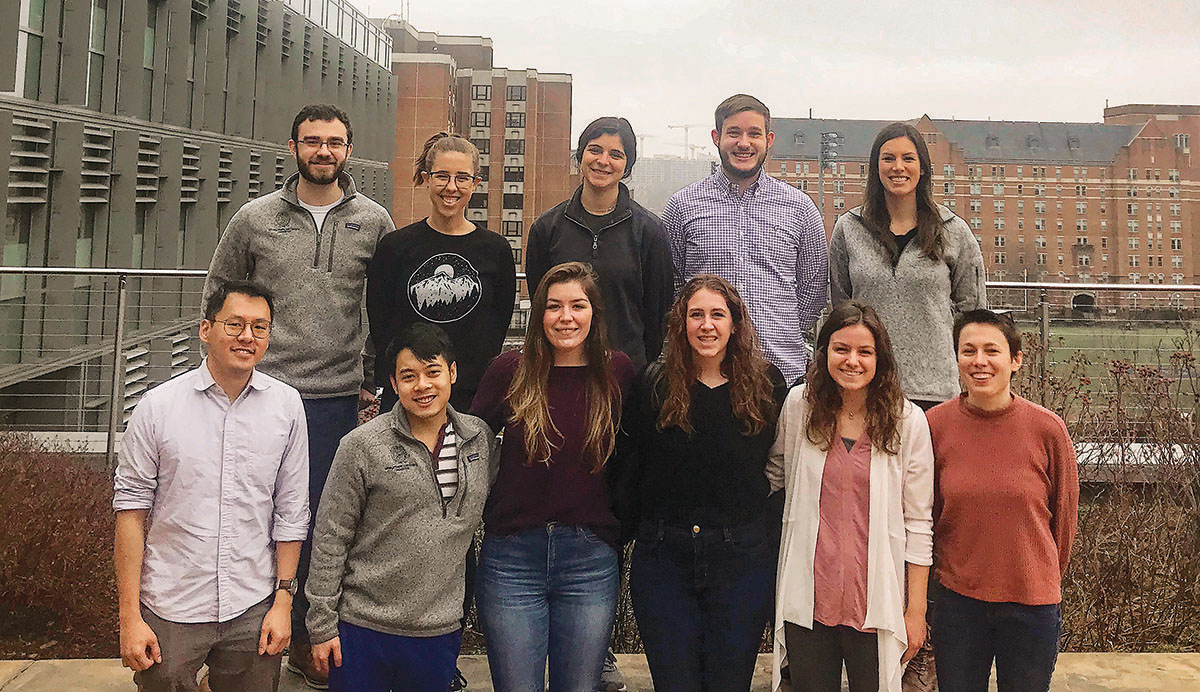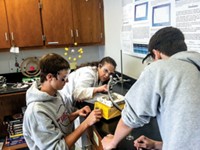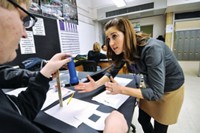Advertisement
Grab your lab coat. Let's get started
Welcome!
Welcome!
Create an account below to get 6 C&EN articles per month, receive newsletters and more - all free.
It seems this is your first time logging in online. Please enter the following information to continue.
As an ACS member you automatically get access to this site. All we need is few more details to create your reading experience.
Not you? Sign in with a different account.
Not you? Sign in with a different account.
ERROR 1
ERROR 1
ERROR 2
ERROR 2
ERROR 2
ERROR 2
ERROR 2
Password and Confirm password must match.
If you have an ACS member number, please enter it here so we can link this account to your membership. (optional)
ERROR 2
ACS values your privacy. By submitting your information, you are gaining access to C&EN and subscribing to our weekly newsletter. We use the information you provide to make your reading experience better, and we will never sell your data to third party members.
Education
After-School Chemistry
Students, teachers have a new way of exploring chemistry through ACS's network of high school chemistry clubs
by Linda Wang
February 9, 2009
| A version of this story appeared in
Volume 87, Issue 6

HIGH SCHOOL CHEMISTRY clubs can now join an American Chemical Society-sponsored network, thanks to a fast-growing program of the ACS Education Division.
The program, modeled after the society's successful undergraduate student affiliate program, not only puts clubs in touch with one another but also connects them with ACS resources. "We're constantly thinking about ways to provide products and services that will help students and teachers communicate the message about the value of chemistry," says Terri M. Taylor, assistant director of K–12 education at ACS.
ACS's high school chemistry club program started in the fall of 2005 as a pilot program with 15 clubs. In just three years, the network has grown to include 143 clubs in 38 states and Puerto Rico.
High school chemistry teachers around the country have embraced the program. "Having this club has provided an outlet for students to come to a safe and relaxing place where they can explore different aspects of chemistry," says Marcy Gever, adviser to the chemistry club at Central Bucks High School South, in Warrington, Pa.
The clubs offer perks for teachers, too. "It's great stress relief," says Eric Oblinger, adviser of the chemistry club at Concordia Lutheran High School, in Tomball, Texas. Rather than sitting by himself working on lesson plans, Oblinger says the club forces him to "interact with the kids and have fun."
Newly chartered clubs receive a handbook on getting started, as well as information on career planning and how to participate in ACS-sponsored activities such as National Chemistry Week, Chemists Celebrate Earth Day, and Project SEED. Throughout the year, clubs also receive resource packets filled with ideas for demonstrations and activities.
EVERY CLUB is unique, and that's what makes the program so rich.
Members of the chemistry club at Los Osos High School, in Rancho Cucamonga, Calif., meet once a week after school to work on demonstrations that they will incorporate into chemistry magic shows for younger students.
Students in the chemistry club at Springbrook Valley High School, in Silver Spring, Md., are also focused on outreach, spending Tuesday afternoons working on demonstrations for young students and Thursday afternoons tutoring their peers. "Our goal is not to help ourselves, but to reach out to the community so that these kids can learn to love chemistry, too," says Gabriel Yu, a high school senior and copresident of the club.
Students in the chemistry club at Bristol High School, in Pennsylvania, are getting a head start on their careers. On a monthly basis, the club invites scientists from the community to speak about their research. Roxanne Walter, a high school senior and chemistry club president, says the talks have inspired her to think about the different types of jobs she could have as a chemist.
Taylor encourages ACS local sections to reach out to nearby high school chemistry clubs and invite the students to attend a lecture, science café, or section meeting. Local sections can also invite students to join their members in volunteering for National Chemistry Week, Chemists Celebrate Earth Day, and other ACS outreach events. Nearby student affiliate chapters can also serve as a resource for high school chemistry clubs. She encourages chemistry clubs to interact with each other as well.
Last year, ACS invited its chemistry clubs to compete in a periodic table poetry contest. The society has also set up an Internet message board where chemistry club advisers can share ideas, offer advice to one another, and post photos from recent chemistry club activities (tech.groups.yahoo.com/group/ChemClubs).
This year, high school chemistry clubs can apply for ACS innovative project grants; $5,000 in grants is available, with up to $500 in individual grants. "It's a worthwhile investment. High school and middle school is where we have this huge leaking pipe in science," says Marta Gmurczyk, manager of ACS's Office of High School Chemistry. She hopes that this program will help retain some of the students in chemistry for life.
For more information about ACS high school chemistry clubs, visit www.acs.org/chemclub.





Join the conversation
Contact the reporter
Submit a Letter to the Editor for publication
Engage with us on Twitter